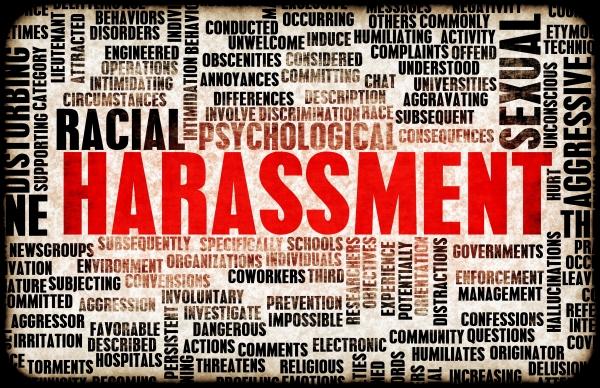On April 29, 2024, the Equal Employment Opportunity Commission (EEOC) published its first update to its guidance on harassment in 25 years. The guidance, effective on the issuance date (April 24, 2024), incorporates any interim guidance issued since 1999, clarifies the status of certain protected classes, and provides examples of various forms of harassment. In addition to the “Enforcement Guidance on Harassment in the Workplace,” a “Summary of Key Provisions” was also released.
Historically, protections under the various federal laws include harassment based on race, color, religion or creed, sex, national origin, age (40 or older), disability, and genetic information (including family medical history). These are covered by various laws, including Title VII of the Civil Rights Act of 1964 (as amended), the Age Discrimination in Employment Act of 1967 (ADEA), the Pregnant Workers Fairness Act (PWFA), and many others. The updated guidance clarifies and expands certain groups under these headings, including broad protections for LGBTQ+ workers. The guidance clarifies that harassment of LGBTQ+ workers, particularly transgender employees, can be considered a violation of Title VII. Cited violations of potential violations include the denial of access to a bathroom consistent with the employee’s gender identity and the intentional and repeated misgendering of an individual.
The guidance also expanded the definition of sex harassment to include pregnant workers, by clarifying that sex-based harassment includes harassment based on “pregnancy, childbirth, and related medical conditions,” including lactation, abortion, and/or reproductive decisions about the use or nonuse of birth control.
In issuing the updated guidance, the EEOC expanded its definition of potential harassment based on “color” under Title VII. In doing so, the agency states that discrimination based on color is “sometimes related to harassment based on race or national origin, color-based harassment due to an individual’s pigmentation, complexion, or skin shade or tone is independently covered by Title VII.” The guidance cites an example of color-based harassment in which a supervisor harasses Black employees with “darker complexions” and not Black employees with “lighter skin tones” regardless of the fact they are of the same race or national origin.
Additionally, the guidance provides examples of retaliatory harassment, interclass harassment (where the harasser is in the same protected class as the person being harassed), and intersectional harassment (situations in which a person is harassed based on their membership in more than one protected class).
Among the 90 pages of text and 80 pages of annotations in the guidance, the EEOC clarified that harassment can occur virtually. Harassing actions including sexist, racist, or otherwise discriminatory speech/communications that take place via email, instant message, video conference, etc. can still violate Title VII.
The “Summary of Key Provisions” provides the following list of harassing conduct that is based on legally protected characteristics:
- saying or writing an ethnic, racial, or sex-based slur;
- forwarding an offensive or derogatory “joke” email;
- displaying offensive material (such as a noose, swastika, or other hate symbols or offensive cartoons, photographs, or graffiti); threatening or intimidating a person because of the person’s religious beliefs or lack of religious beliefs;
- sharing pornography or sexually demeaning depictions of people, including AI-generated and deepfake images and videos;
- making comments based on stereotypes about older workers;
- mimicking a person’s disability;
- mocking a person’s accent;
- making fun of a person’s religious garments, jewelry, or displays;
- asking intrusive questions about a person’s sexual orientation, gender identity, gender transition, or intimate body parts;
- groping, touching, or otherwise physically assaulting a person;
- making sexualized gestures or comments, even when this behavior is not motivated by a desire to have sex with the victim; and
- threatening a person’s job or offering preferential treatment in exchange for sexual favors.
Next Steps for Employers
Employers should review their policies, handbooks, and training materials to ensure they reflect these changes. However, legal challenges are expected from a coalition of 20 states, which initially opposed certain points in the proposed guidance. MRA will keep you posted as events unfold.






